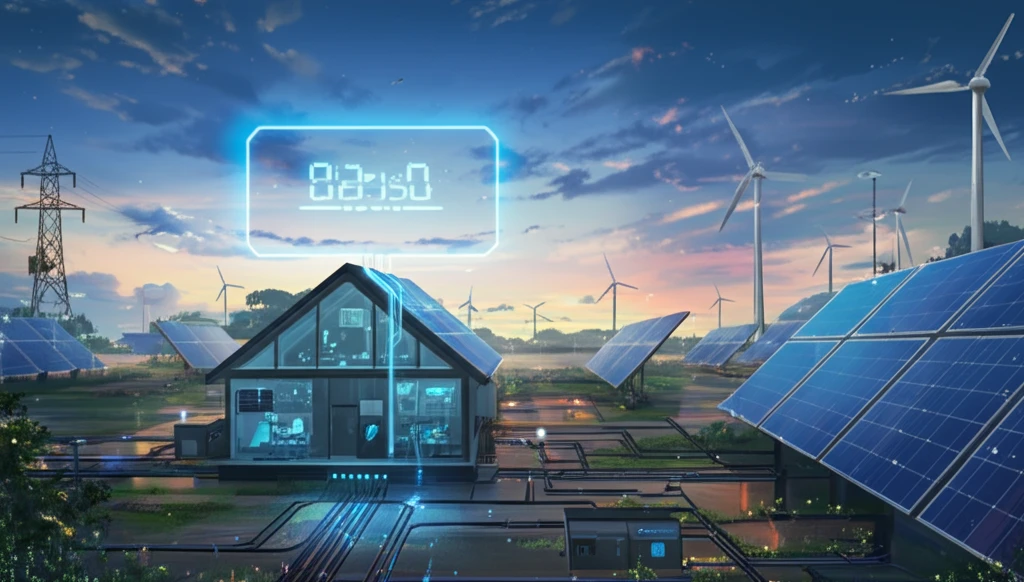
Power Up Your Life: The Integrated System Revolutionizing Home Energy
"Discover how a new multi-port energy converter can seamlessly manage power from the grid, batteries, and solar panels, optimizing energy use and reducing your carbon footprint."
In an era where energy demands are constantly evolving, the need for versatile and efficient power solutions has never been greater. Homes and businesses alike are seeking ways to integrate diverse energy sources, from traditional grid power to renewable options like solar and wind, alongside battery storage and energy-efficient devices. This convergence of energy streams requires a sophisticated approach to power conversion and management.
The challenge lies in creating a system that can seamlessly handle multiple energy inputs and outputs, optimize power flow, and ensure a reliable energy supply even during grid outages. Traditional solutions often involve a complex web of separate converters, leading to increased costs, reduced efficiency, and potential stability issues. However, a new approach is emerging: the multi-port single-stage converter (MPSSC).
This groundbreaking technology integrates multiple power conversion functions into a single unit, streamlining energy management and offering a more efficient, cost-effective, and reliable solution. Imagine a system that can automatically switch between grid power, battery storage, and renewable sources, all while maintaining a stable power supply to your devices and appliances. This is the promise of the MPSSC, a game-changer in the world of home and business energy management.
What is an Integrated Grid-Connected System and Why Should You Care?

The multi-port single-stage converter (MPSSC) represents a significant leap forward in power conversion technology. Unlike traditional systems that rely on multiple converters to handle different energy sources, the MPSSC integrates these functions into a single, streamlined unit. This innovative design offers several key advantages:
- Simplified Design: By combining multiple converters into one, the MPSSC reduces complexity, lowers component count, and simplifies overall system design.
- Enhanced Efficiency: Integrating power conversion stages minimizes energy losses, resulting in higher overall efficiency compared to multi-converter systems.
- Seamless Energy Management: The MPSSC can intelligently manage power flow between various sources, optimizing energy use and ensuring a stable power supply.
- Power Factor Correction (PFC): The system incorporates PFC to improve the quality of power drawn from the grid, reducing energy waste and minimizing harmonic distortion.
- Battery Charging and Discharging: The MPSSC can efficiently charge batteries from the grid or renewable sources and discharge them to power loads during outages or peak demand.
The Future of Home Energy is Here
The integrated grid-connected system with multi-port single-stage converter technology is poised to revolutionize the way we manage energy in our homes and businesses. By simplifying energy management, improving efficiency, and enhancing reliability, this innovative approach offers a pathway to a more sustainable and resilient energy future. As the demand for versatile and efficient power solutions continues to grow, the MPSSC is set to become a key enabler of the smart home and the distributed energy revolution.
